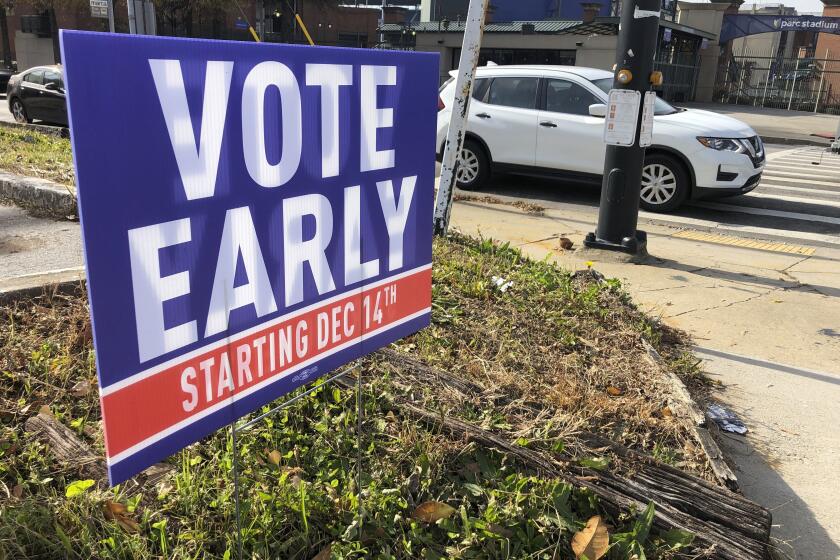Brexit in pictures, from Cameron’s promise to May’s Article 50
A visual timeline of key events related to Britain's decision to leave the
Jan. 23, 2013: British Prime Minister
Sept. 18, 2014: Enumerators look into a ballot box in Aberdeen, Scotland, as it is emptied at the count center for the Scottish referendum on independence from the UK.
Feb. 20, 2016: Prime Minister David Cameron speaks to the news media following a cabinet meeting at Downing Street in London. Cameron returned to London after two days of talks in Brussels with EU leaders; he said a deal would give the United Kingdom "special status" and includes changes to EU treaties.
Feb. 21, 2016: London Mayor Boris Johnson announces outside his London home that he will back the Leave EU campaign.
June 16, 2016: Flowers surround a picture of Jo Cox during a vigil in Parliament Square in London. Cox was a member of Parliament and rising
June 23, 2016: Chelsea pensioners arrive to cast their votes in the EU referendum at Royal Hospital Chelsea in London. The United Kingdom went to the polls to decide whether or not the country wishes to remain within the European Union.
June 24, 2016: British Prime Minister David Cameron resigns on the steps of 10 Downing Street in London. The unexpected victory of the "leave" campaign was a crippling defeat for the
July 11, 2016: British Home Secretary Theresa May waves with her husband, Philip John May, outside the Houses of Parliament. Following a heated leadership contest, May became prime minister-elect when her competitors withdrew from the race.
Oct. 2, 2016: British Prime Minister Theresa May delivers a speech about
Jan. 24, 2017: Satirical artist Kaya Mar poses with one of his paintings outside the Supreme Court in Parliament Square ahead of the ruling on whether Parliament has the power to begin the Brexit process.
March 13, 2017: A remain supporter looks on during a demonstration in London. Britain's Parliament approved a bill giving the government the authority to invoke Article 50 of the EU treaty and launch two years of exit talks.
March 13, 2017: In Scotland, pro-independence supporters pose with their faces painted with the St Andrew's Cross during a rally in Glasgow. Scotland's first minister, Nicola Sturgeon, says she plans to have a second referendum on Scottish independence in late 2018 or early 2019. Scots had voted overwhelmingly to stay in the EU.
March 28, 2017: British Prime Minister Theresa May signs the official letter to European Council President
March 28, 2017: Britain's ambassador to the EU, Tim Barrow, left, shakes hands with European Council President Donald Tusk in Brussels after handing him the prime minister's formal notice of the UK's intention to leave the European Union under Article 50 of the Lisbon Treaty.
Sign up for Essential California
The most important California stories and recommendations in your inbox every morning.
You may occasionally receive promotional content from the Los Angeles Times.







